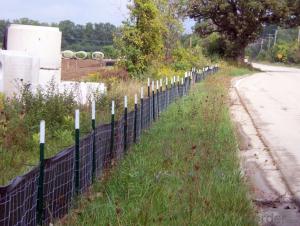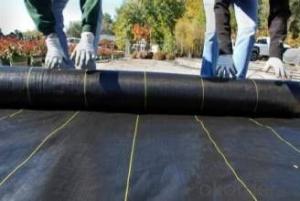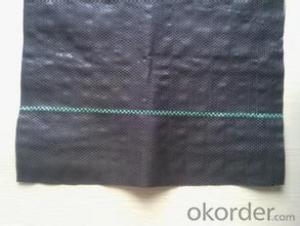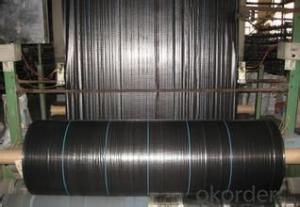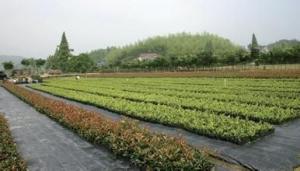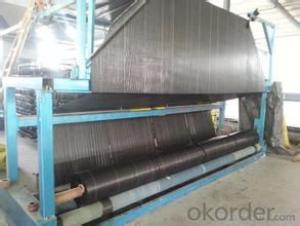Silt Fence with Wooden Stake/Polypropylene Woven Fabric
- Loading Port:
- Qingdao
- Payment Terms:
- TT OR LC
- Min Order Qty:
- 1000 roll
- Supply Capability:
- 100000 roll/month
OKorder Service Pledge
OKorder Financial Service
You Might Also Like
1.Production Description:
A silt fence, also referred to as a filter fence, is a structure composed primarily of geotechnical fabric and that is used as a form of sediment control.These temporary barriers are relatively low in cost, especially when compared to the damages they can prevent. They keep loose soils from traveling into local bodies of water and they also minimize the impact that various forms of development can have on surrounding wildlife.
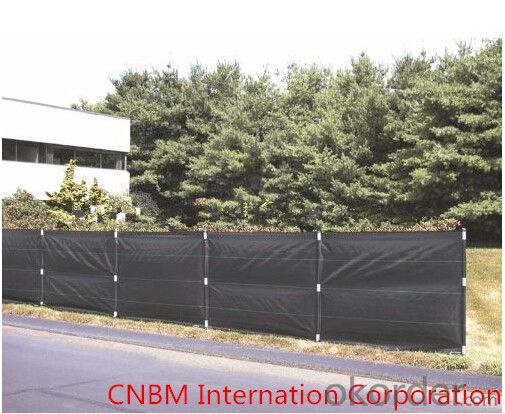

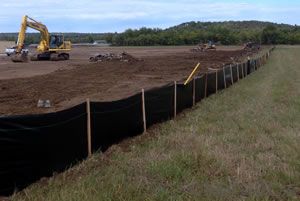
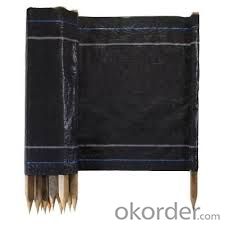
2.Production Functions and Features:
1)Excellent weed control
2)Excellent UV resistance
3)Moisture,fertilizers,air reach plants to allow for healthy soil
4)Good water and air permeability
5)Exceptional toughness and strength
6)Durable,tear-resistant,anti-rot and anti-mildew
7)Light weight,easy to install,follows natural ground contours
8)Ideal for use in landscaped beds,under decks and walkways
9)Fashionable design,high quality,competitive price
10)Long service life
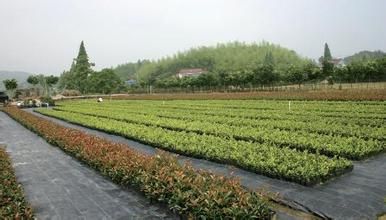
3. Production Usage:
1.Prevent leakage disposal in landfill or waste water or waste dregs disposing field.
2.River bank ,lake dam ,mine remainings ,resevoir ,tunnel ,liquid storage pool(pit ,mine)
3.Preventing leakage in subway ,basement ,tunnel ,hole .
4.Anti-salt leakage in roadbed and other ground sill.
5.The plane direction laying of dam ,the vertical direction laying for ground sill.used in the construction fence and waste material field.
6.Used in ground sill of road ,highway ,railway and waterproof layer of welling clay and wet collapsed loess.
7.Preventing leakage on rooftop.
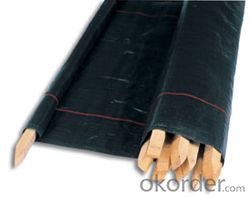
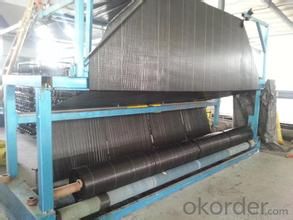
4. FAQ:
Q1: What is your minimum order quantity?
A:The minimum order quantity is 5000 ,but it is negotiable.
Q2:What is your payment terms?
A: T/T,Western Union,Paypal,L/C...
Q3:What is your delivery time?
A:Production time usually costs 2-20 days.
Waiting to cooperate with you!
- Q:Can geotextiles be used in geosynthetic encased columns?
- Yes, geotextiles can be used in geosynthetic encased columns. Geotextiles are commonly used in geosynthetic encased columns as a reinforcement material to enhance the load-bearing capacity and stability of the structure. They provide reinforcement and prevent soil erosion or migration, making them suitable for use in geosynthetic encased columns.
- Q:Permeable geotextile how many square
- Geotextile with GB and non-standard, do not know how many grams you want, the price from a few hair to a few pieces have.
- Q:What are the different methods of installing geotextiles?
- There are several methods of installing geotextiles, including direct placement, trench installation, and anchoring. Direct placement involves simply unrolling the geotextile fabric over the desired area and securing it with stakes or other means. Trench installation involves excavating a trench, placing the geotextile fabric in the trench, and backfilling it with soil or other materials. Anchoring is another method where the geotextile fabric is secured to the ground using anchors, such as pins or staples, to prevent movement or displacement.
- Q:Are geotextiles poisonous?
- Geotextile is not toxic, the production of geotextile raw materials are polyester (PET) or polypropylene (PP). Polyester and polypropylene have become daily necessities. Many of the mineral water bottles are also produced by PET and PP raw materials.
- Q:What are the factors to consider when selecting a geotextile?
- When selecting a geotextile, there are several factors to consider. These include the specific application or project requirements, the physical and mechanical properties of the geotextile, the site conditions and environmental factors, the expected lifespan and durability of the geotextile, and the cost-effectiveness of the product. It is important to assess these factors to ensure that the chosen geotextile will effectively meet the project needs and provide long-term performance.
- Q:How do geotextiles help with asphalt pavement reinforcement?
- Geotextiles help with asphalt pavement reinforcement by providing a strong and stable base for the asphalt layer. They prevent the mixing of different soil layers, distribute loads evenly, and increase the tensile strength of the pavement. Additionally, geotextiles help to reduce cracking, rutting, and other forms of pavement distress, resulting in a longer-lasting and more durable road surface.
- Q:Can geotextiles be used in coastal revetment works?
- Yes, geotextiles can be used in coastal revetment works. Geotextiles are commonly used as a component in coastal revetment systems to provide erosion control and stabilization. They can help to reinforce the soil, prevent erosion, and enhance the stability of the revetment structure.
- Q:How do geotextiles help with separation and stabilization in railroads?
- Geotextiles are used in railroads to provide separation and stabilization. They help by creating a barrier between the different layers of materials used in railroad construction, preventing them from mixing or shifting. This separation ensures proper drainage and prevents the loss of fine particles. Additionally, geotextiles enhance the stability of the railroad by distributing loads more evenly, reducing the potential for settlement or deformation. Overall, geotextiles play a crucial role in maintaining the integrity and longevity of railroads.
- Q:How do geotextiles help with load distribution in pavement systems?
- Geotextiles provide a reinforcing and stabilizing function in pavement systems by distributing applied loads more evenly across the underlying soil, reducing stress concentrations, and preventing the formation of cracks and deformations.
1. Manufacturer Overview |
|
|---|---|
| Location | |
| Year Established | |
| Annual Output Value | |
| Main Markets | |
| Company Certifications | |
2. Manufacturer Certificates |
|
|---|---|
| a) Certification Name | |
| Range | |
| Reference | |
| Validity Period | |
3. Manufacturer Capability |
|
|---|---|
| a)Trade Capacity | |
| Nearest Port | |
| Export Percentage | |
| No.of Employees in Trade Department | |
| Language Spoken: | |
| b)Factory Information | |
| Factory Size: | |
| No. of Production Lines | |
| Contract Manufacturing | |
| Product Price Range | |
Send your message to us
Silt Fence with Wooden Stake/Polypropylene Woven Fabric
- Loading Port:
- Qingdao
- Payment Terms:
- TT OR LC
- Min Order Qty:
- 1000 roll
- Supply Capability:
- 100000 roll/month
OKorder Service Pledge
OKorder Financial Service
Similar products
New products
Hot products
Related keywords
